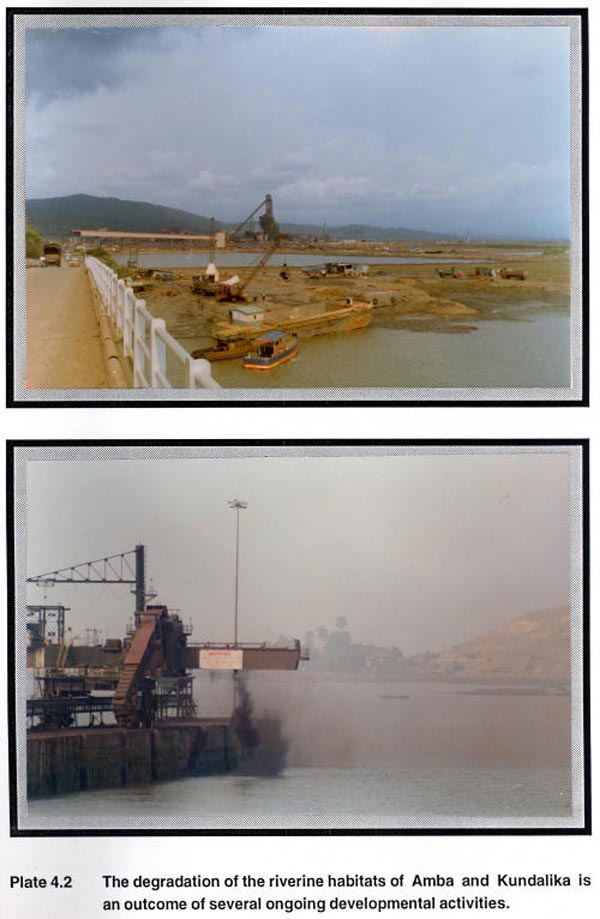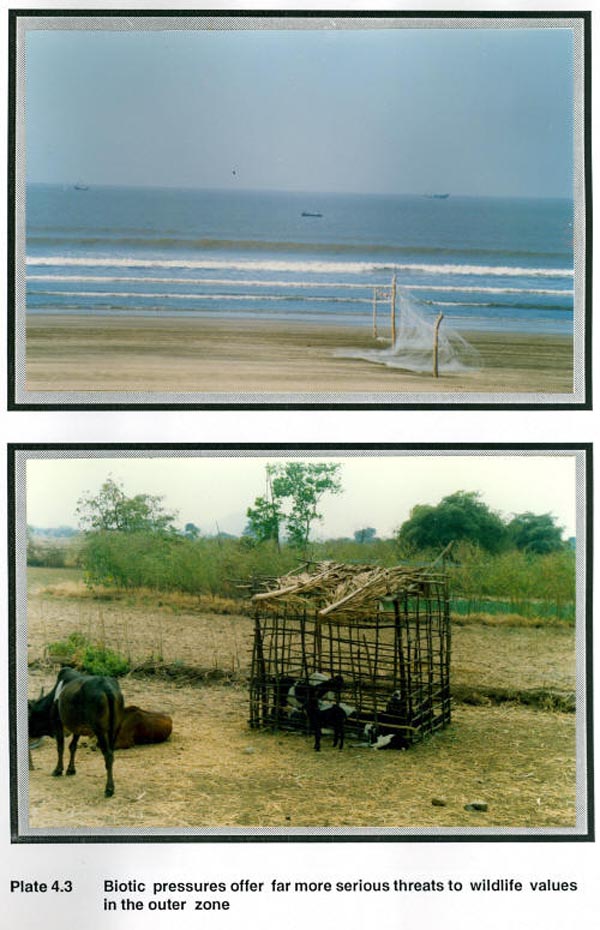Prediction of Project Related Impacts
|
Having established the range of activities that could be associated with LPG Recovery Plant, it is necessary to visualise nature of likely impacts of the proposed LPG Plant on natural systems. The potential impacts of such projects are likely to result in the following: i. destruction of some features of landscape area in the core zone that is directly occupied by the project. ii. land use changes associated with the project. iii. disruption of wildlife due to noise, dust, emission, increased human activity and transportation of machinery, equipments and units of the recovery plant. iv. destruction or disruptions to migratory routes breeding and feeding areas in core and middle zones. The preceding section on the baseline studies provides an evaluation of the landscape character, and the ecological characteristics of the terrestrial and aquatic ecosystems. The results of the ecological assessments prior to the project and the reference of environmental standards and guidelines of Ministry of Environment and Forests, 1984 provide the basis for the prediction of ecological impacts. Prediction of ecological impacts of development however, is for more difficult than the prediction of impacts resulting from air and water pollution. The inherent complexity and variability of ecosystems compared to physico-chemical systems promote more subjectivity in the assessments. The prediction of ecological impacts of the proposed LPG Recovery Plant have been based on the first hand understanding of the project environment acquired during the course of field work, literature review, expert opinion and the reference of ecological assessments of similar developments elsewhere. i. No National Park or Sanctuary located within the 25 km radius of the proposed site for LPG Recovery Plant. ii. No area of outstanding ecological interest that could be recommended for conservation of wildlife values could be identified within the study area. iii. The forested stretches near Bherse village are the only natural habitats in the core zone. The PFs on account of their being patches of monocultures of Tectona grandis (teak) offer only seminatural habitat for some avian species. iv. The RF is more diverse in terms of tree diversity but devoid of good shrub and ground layers. The conservation values of Bherse RF and Kune PF are not very significant as is evident from the extremely low number of major faunal groups. v. The PF areas of Ambepur, Chinchoti and Vave fall outside the core zone. Landuse changes and incompatible agricultural and past forestry practices have already produced widespread ecological problems in middle zone area (Plate 4.1). Plantations of Acacia auriculiformis and Tectona grandis are raised in RF and PF areas. These are raised mostly for fuelwood and timber requirements of the local people. These highly degraded and fragmented forest areas do not support wildlife values of high conservation significance. vi. Water bodies in general have limited capacity to assimilate changes in chemical, physical and biological characteristics. Environmental changes associated with industrial plants can lead to deterioration in water quality and impoverishment of associated life. The excavations at the site for construction of industrial units can also lead to siltation of water bodies in the study area. However, the baseline studies for proposed LPG Plant confirm that there are no major riparian or tidal habitats that could be considered as receiving environments for project impacts in the core zone. vii. Even in the outer zone, the establishment of large industrial units and the associated activities along Kundalika and Amba rivers have greatly lowered the potential of these riparian habitats (Plate 4.2). viii. The nature of the activities associated with the proposed project are not likely to further alter the landscape features and habitat quality of terrestrial and wetland ecosystems in the outer zone. Industrial establishments, cultivation, fishing on the coastal areas, grazing in the forest areas and the increasing pressure of the tourism on the beaches of the Alibag and Revadanda are far more greater threats in the form of visual impacts on the scenic landscapes and naturalness of the wetland areas in the outer zone (Plate 4.3).
|
Last Updated: September 29, 2015












